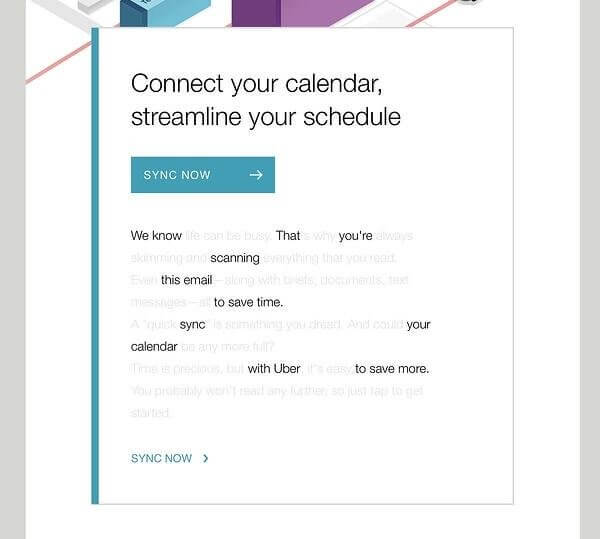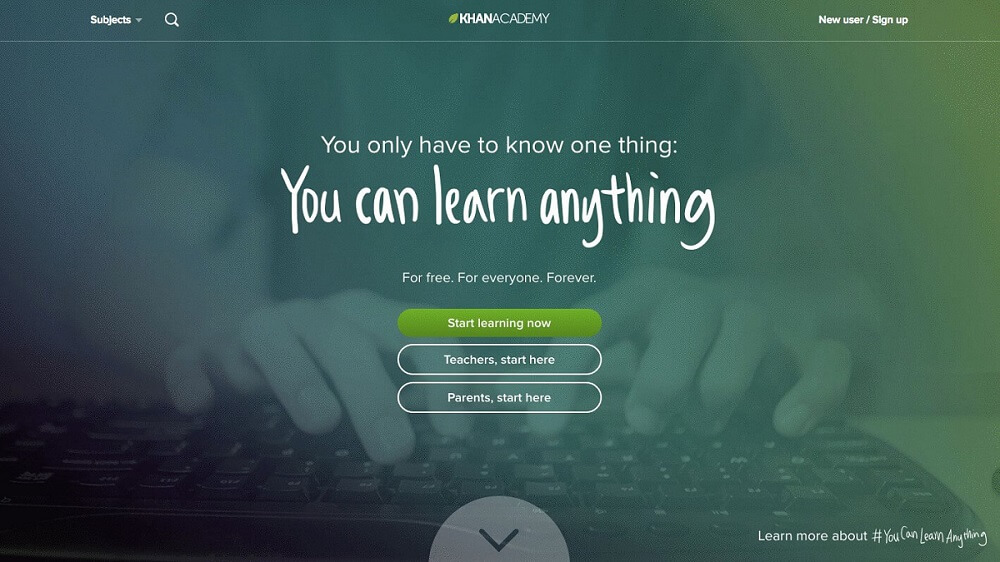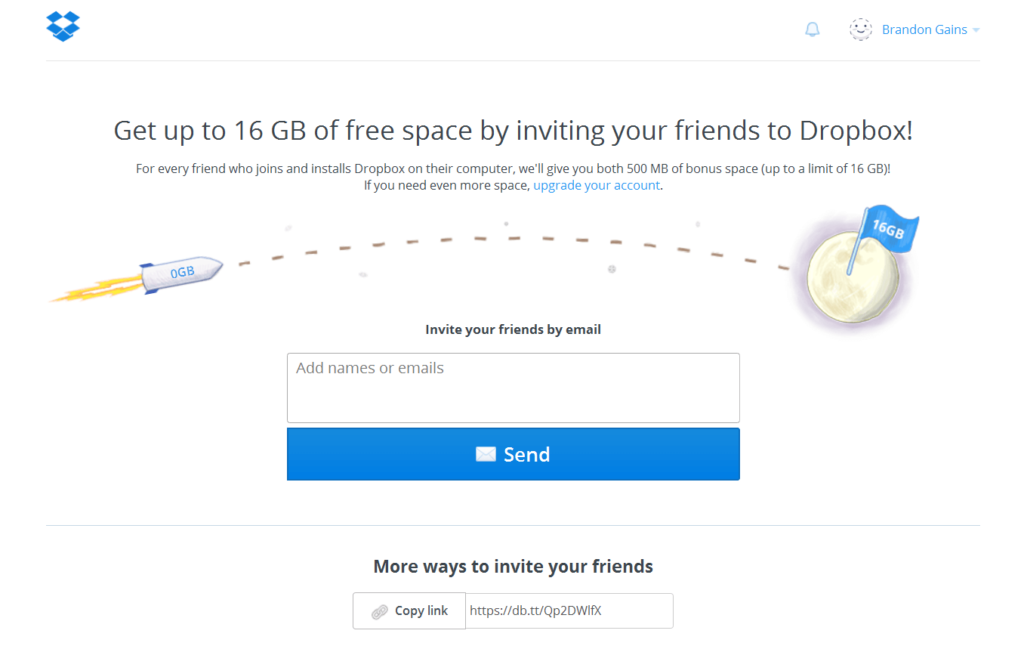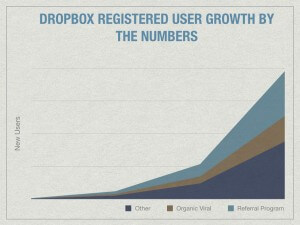How do you grow your business on a limited budget and within a specific timeframe?
The answer is growth hacking. Read on to understand what it’s about and how it can help your business.
Growth hacking is the new buzzword for small businesses and startups.
What is growth hacking?
In a nutshell, growth hacking refers to the process of producing accelerated growth on a small budget and within a definitive time frame.
Sean Ellis, who coined the term, defines a growth hacker as someone “whose true north is growth.” What a growth hacker is targeting is maximum leads on minimum spends. They focus on a range of areas, including content marketing, email marketing, social media, and SEO.
Why Growth Hacking?
Startups and small businesses need one thing, and they need it fast: growth.
Growth hacking helps you achieve that within the constraints of your budget and timelines.
There are several benefits to growth hacking beyond the end-goal (bringing in and retaining customers). The whole process helps streamline your business processes and helps pinpoint any inadequacies.
Here are a few benefits of growth hacking and why your company should implement it.
Define your goals:
There’s no growth without a clear goal. When you define your goals and narrow them down, you will measure the results better. Broad goals won’t work where they need to be specific to be analyzed effectively.
Analyze your performance:
By setting goals, you also set yourself up to track them. Goal tracking is helpful because it tells you what is working and what isn’t – which provides you with much-needed data you can rely on to grow your business effectively.
Take advantage of your strengths:
Another benefit of growth hacking? It shines the spotlight on your core strengths. Have hundreds of thousands of followers on social media who are passionately engaged? Tap into that! Have a dedicated email list? Disseminate your message through that very list.
Growth hacking gives you a more in-depth insight into your business and sets you up for success. It helps you focus on the smaller things so that you can define the bigger picture. It’s an effective way to chart goals and execute them.
Like traditional marketing, it helps you gain more customers – but there’s much more to it than that, which we’ll get to now.
Some Common Myths And Misconceptions
Several misconceptions or myths around the term growth hacking often confuse. For starters, many think that it’s the same as marketing. But that’s not what a growth hacker does.
Marketers are given a product or service and asked to sell/create a market for it.
Growth hackers get involved even at the product development stage, ensuring the right product-market fit. So while the goals may be similar – to get more leads and bag customers – the tools and tactics used to differ.
Growth hackers don’t just focus on sales; they take a more holistic approach and look at the business’s overall growth. They are also very data-driven and come up with campaigns and strategies based on that data. Everything they do is measurable, trackable, and scalable.
Growth hackers jump in to fill the gaps, often doing what marketers find difficult: measuring campaign ROI accurately and precisely.
A Harvard Business Review study shows that approximately 80% of marketers are dissatisfied with their ability to measure the ROI on their campaigns.
Growth hackers also have a 360-degree role in comparison to marketers. For marketers, their job ends with bringing in leads and customers – another team does the retention. But for growth hackers, they close the loop. It’s called AARRR – acquisition, activation, retention, and revenue. And if the customer is delighted, they referral as well!
Another common misconception about growth hackers is that they can solve any or all of a company’s problems, far from the truth!
While growth hackers can identify pain points and advance your company in the direction of growth, they can’t solve all the problems associated with your product or service.
There’s also a misplaced notion that growth hackers can turn things around overnight – which is again untrue. It takes time, diligence, and a fair amount of trial and error.
Before you win big with a viral campaign or experiment, there will likely be a string of failures – but it’s all part of the process.
So now that you have a clearer picture of what growth hackers do and don’t do, you must be wondering how they achieve it all?
Below is a list of some of the trends and tactics they tap into:
#1 Email Marketing Is As Strong As Ever
Contrary to popular perception, email is still going strong and serves as a fantastic way to connect, promote, cross-sell, etc.
Email marketing also gives you access to that sacred space they are bound to check: their inbox. And if someone has willingly given you their email address, it denotes that they have a keen interest in your brand.
Don’t let those leads fall away – nurture them with a smart email marketing campaign and regular, informative blasts.
There are a few things to keep in mind for successful email marketing.
One is to have a great subject line that piques interest and encourages the user to take action! Optimize your subject lines with the right keywords, because while the content inside may be great, if your open rates are low, it defeats the purpose.
Another must for a successful email marketing campaign? Mobile optimization.
More and more people are accessing their emails on their mobile devices and smartphones these days, so they need to look appealing on a smaller screen and pack the same punch. You can do this by crafting mobile-friendly snackable content that is easy to view and consume on a smaller device.
Uber is known for elegant emails that are simple, readable, effective, and straight to the point. They alert the customers about the deals and promotions. Uber adds a prominent CTA at the end which encourages customers to take action.

As you can see, below the CTA is a clear explanation of what the offer is, one that goes into detail.
The email is attractive enough to quickly gain the attention of customers who skim rather than read, while it offers enough information for those who need it.
#2 Bring Your A-Game To Your Landing Pages
If your website or landing page isn’t speaking a language, the customer understands – or if it is misleading – then your leads are going to look the other way and close that window or tab.
Your landing page needs to have the relevant information that brought them there in the first place.
If they saw an ad or social media post for kid’s eco-friendly lunchboxes, but your landing page throws up your entire product range or kid’s bamboo t-shirts, they are likely to shut it.
Your landing page should also have a sign-up button or an opt-in for your newsletter. Remember, the aim is to gain leads and nurture them.
Khan Academy is an excellent example of a landing page that caters to all audiences.
They know that 3 different types of visitors will land up there – people wanting to learn, teachers wishing to teach, and parents looking to teach their kids.

There are clear buttons and CTAs for all, along with their distinct branding above: ‘You can learn anything.”
The page also goes into greater detail about what they offer, and how it works, for those unfamiliar with the platform.
And the button “Start learning now” is a constant as you scroll, making it easy to sign up/prompt action.
#3 Run Tests: A/B testing for CRO – Conversion rate optimization
Not sure what’s working on your landing and product pages? Run some A/B tests and find out.
A/B testing involves splitting traffic to your site into 50/50 terms, sending half of the visitors to one version of your site, and the other half to another version.
You can monitor which version is getting better response and prompts the user to take the action you want them to, from sign-ups to purchases.
This could be anything from playing around with imagery on your product pages to the entire layout and sort options on your website (if you are an eCommerce site).
Testing helps you gauge what is going wrong and what is working well, making it easier for you to improve your site for better customer retention.
The wall decal company WallMonkeys ran a successful A/B testing campaign with CrazyEgg that helped them boost their conversion rate by a whopping 550%.
They wanted to optimize their homepage for clicks and conversions – a simple page with stock-style imagery and a headline overlay.
Through the use of Heatmaps and Scrollmaps (which indicate which areas of page customers are spending most of their time,) Wallmonkeys were able to understand that there was more activity along with the headline, CTA, logo, and search and navigation bar.
Once they had the user behavior reports, WallMonkeys ran an A/B test, trading in the stock-style imagery for more fun, interactive alternative. Conversion rates for the new design were 27% higher.

#4 Referrals for gowth hacking
Word of mouth is still one of the best ways to get more people excited and invested in your product.
And what better way to achieve that than with referrals?
Referrals are a double-edged sword – they incentivize existing customers to make another round of purchases while reaching out to new ones to try out your product or service.
Dropbox’s referral program is widely known and widely used as a case study. Dropbox grew 3900% with a simple referral program.
It was a simple game plan: they would give more of their product (free storage space, in their case) for every referral and every accepted invitation.

They made the invitation process simple; they gave users a clear picture of what they’d be getting (more space) and named it. Instead of using the tired “refer a friend” line, they termed it “get more space,” which is much more appealing.
Here’s a snapshot of how they grew.

In September 2008, they had just 100k registered users. By December of the next year (2009) they had 4 million registered users.
And in September 2017, they crossed 33.9 million users, with a 10 billion-dollar valuation and $1 billion in revenue.
Pretty amazing, right? And all thanks to a smart referral system: users sent in 2.8 million invites in April 2010. Net-net, that’s 3900% growth in 15 months!
So when it comes to growth hacking tactics for your own business, don’t ignore the power of referrals – they come from a trusted source (your customers) and come with a guarantee that it’s a product or service that has been tried and tested!
#5 Don’t Shy Away From Guest Posting
Guest posts are a great way to connect with a targeted audience and cast a wide net for new leads.
It’s one of the best inbound marketing strategies out there – it lets your business gain new website visitors from blogs followed by the same target audience.
It helps you gain traffic to your website, boosts domain authority with relevant links to high-quality domains, builds relationships, and increases your brand and visibility credibility.
There are bound to be hundreds of sites within your industry that will accept guest posts – so get started today and reach out to them!
#6 Tap Into Social Media
Social media is more valuable than you think – it’s a way to connect with customers existing and potential and speak your brand language. The other major plus point about social media is that you can use various tools, from text to image and video.
Social media also gives you a willing audience that is already inclined with what you have to offer – it’s free publicity for your brand. It’s a great way to amplify your brand’s voice, tell your story, and share your product and service benefits.
The bonus? It’s a two-way street, which means you hear back from leads and customers in real-time.
Why Your Growth Hacking Experiments May Be Failing?
Growth hacking isn’t going to work if your product or service isn’t helping people – that’s a fact.
You need to have a quality product, something that serves a purpose and accessible and priced right. You need to make sure that your product or service is the best it can be in its segment (and beyond!) before you invest time and money trying to grow your customer.
Growth hacking isn’t a solution for a poorly designed product – it can only increase the market for it.
All your efforts need to be targeted, whether it’s your ads or posts. Your growth hacking team has already done the work to find the right product-market fit – so your efforts need to fall in line with that.
Targeting anyone and everyone is not going to get you results. Your focus needs to be precise. Sure, cast a wide net – but in the right waters!
So Is Growth Hacking Right For My Business?
In conclusion, we can say that there’s nothing wrong with using growth hacking for your business, whether you are a startup or an established brand.
All businesses, large and small, are looking to expand their presence and sell more – and growth hacking provides creative, innovative, and economical ways to do it!







Agree! There is a lot of misconceptions around growth hacking these days. Of course everyone wants to win the game with growth hacking but right tools and complete knowledge is important. No one can win overnight its digital marketing and it takes time. Right?
I was confused about growth hacking with blackhat techniques to get more business. Now it seems pretty clear. Thanks for this myth busting article.
Amazing information! Loved the easy examples, helped me understand the tactics of growth hacking guys.
Hey, I have launched a new app, I was looking for some growth hacking techniques to get more downloads. This article helped! Thanks.